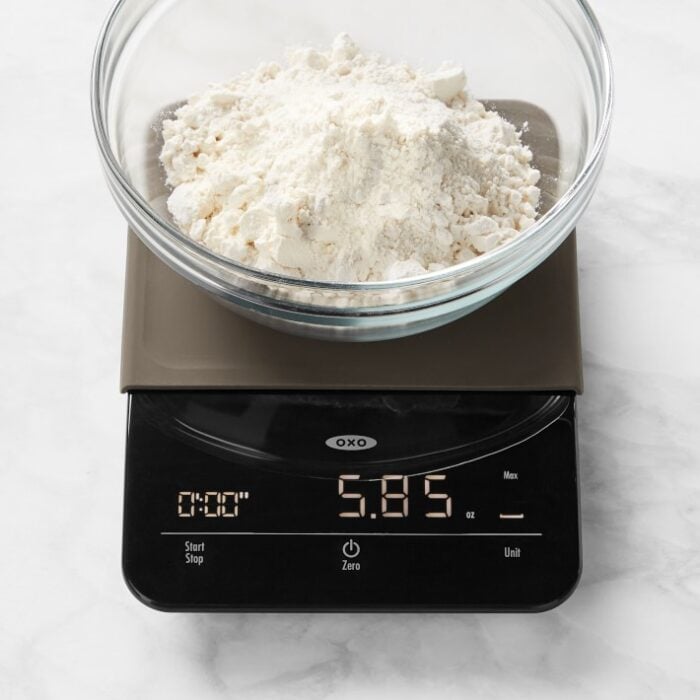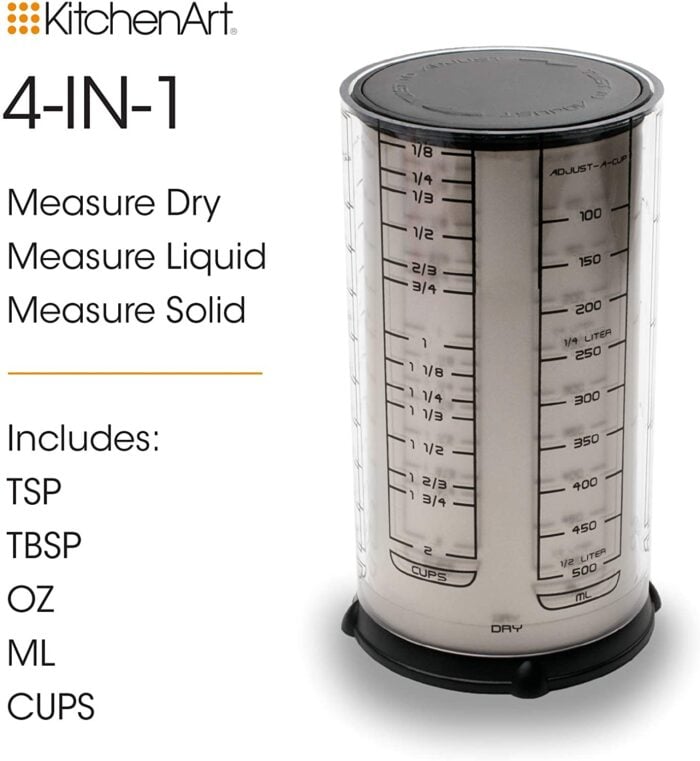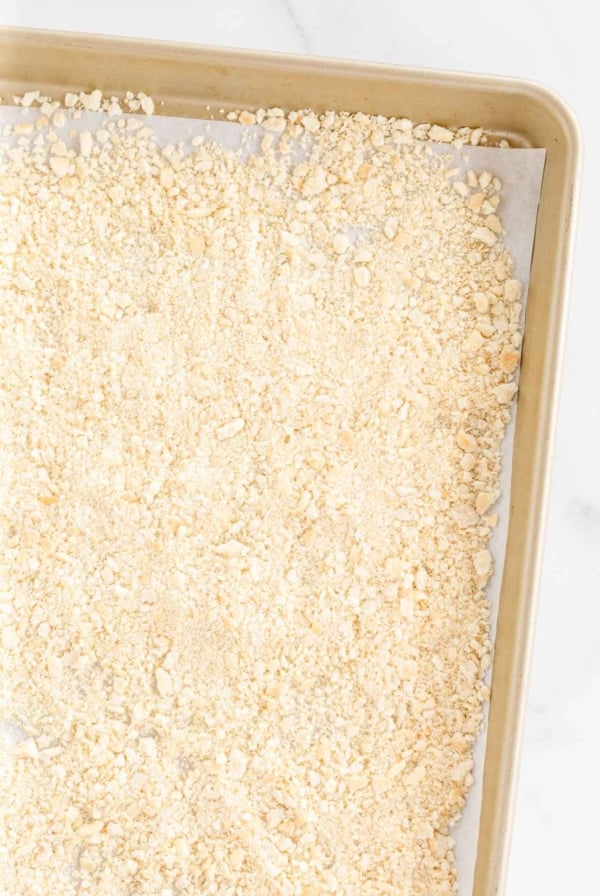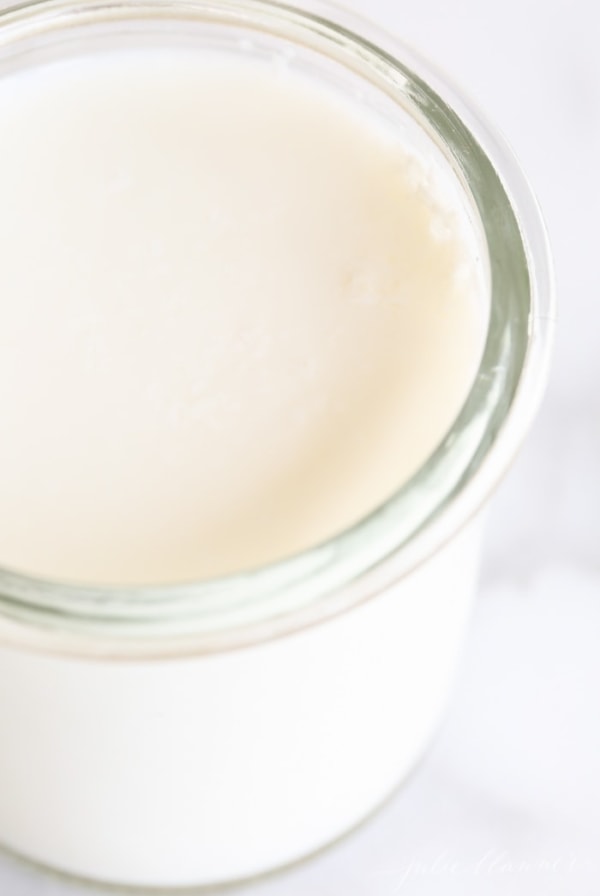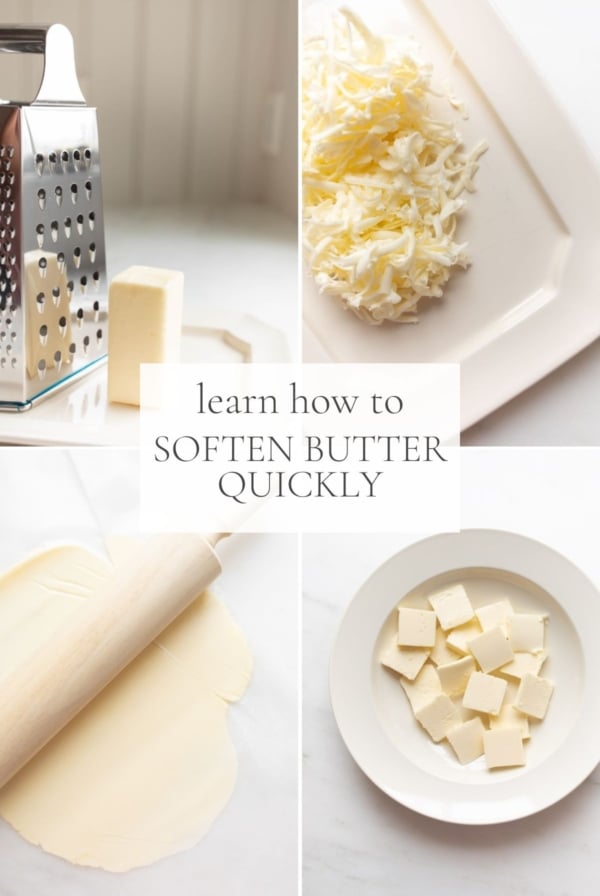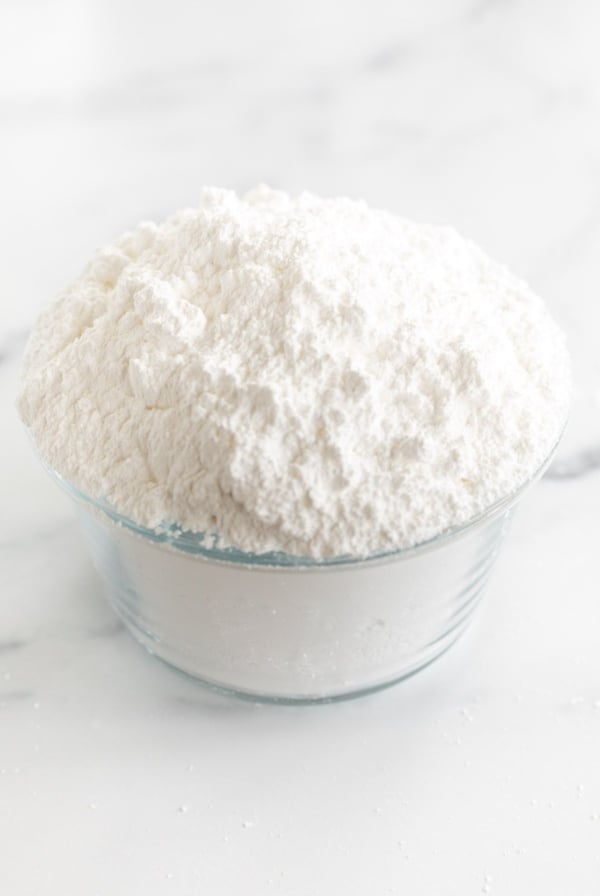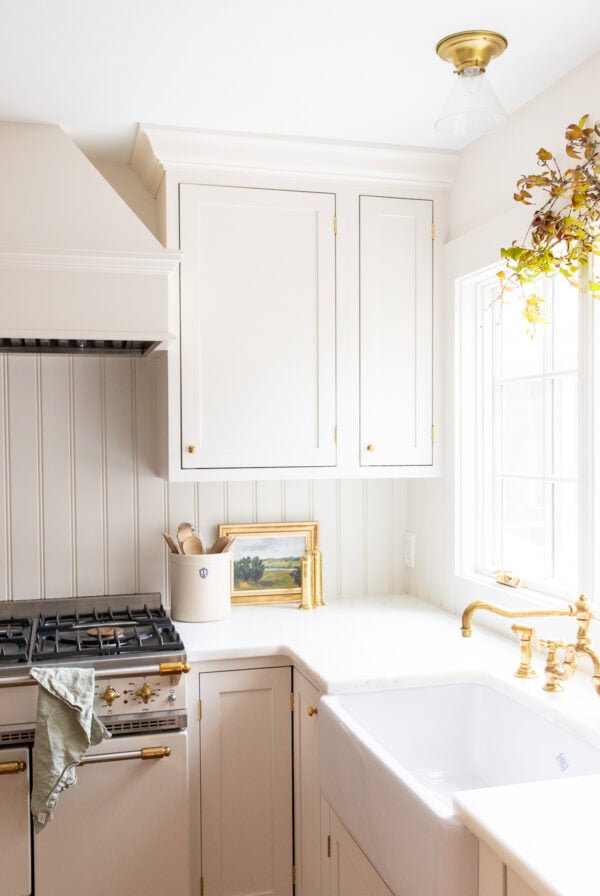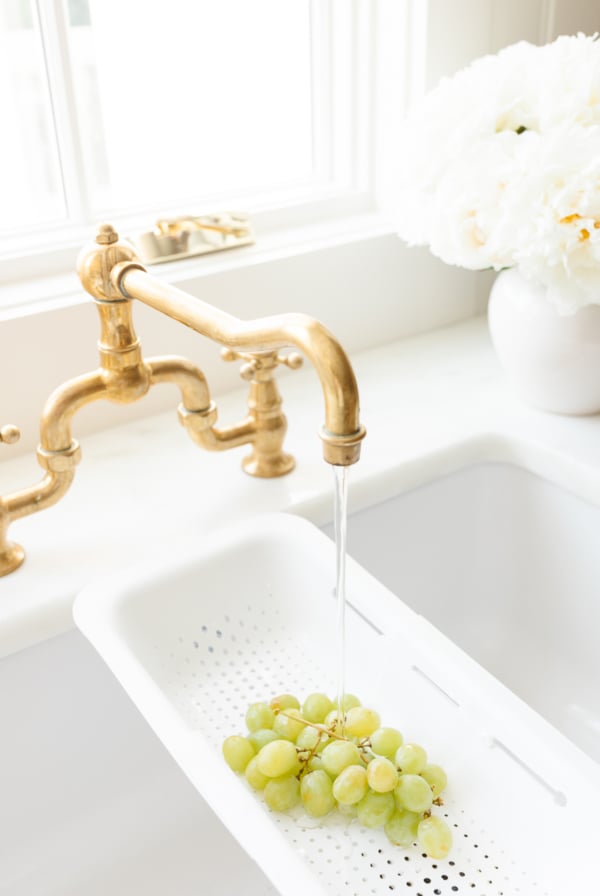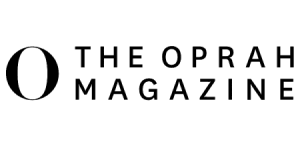Do you know the difference between dry and liquid measuring cups? Use this simple guide to learn how to measure different ingredients in dry versus liquid measuring cups.
This is such a simple way to enhance your skills in the kitchen. You might be surprised at just how differently your measurements can add up!
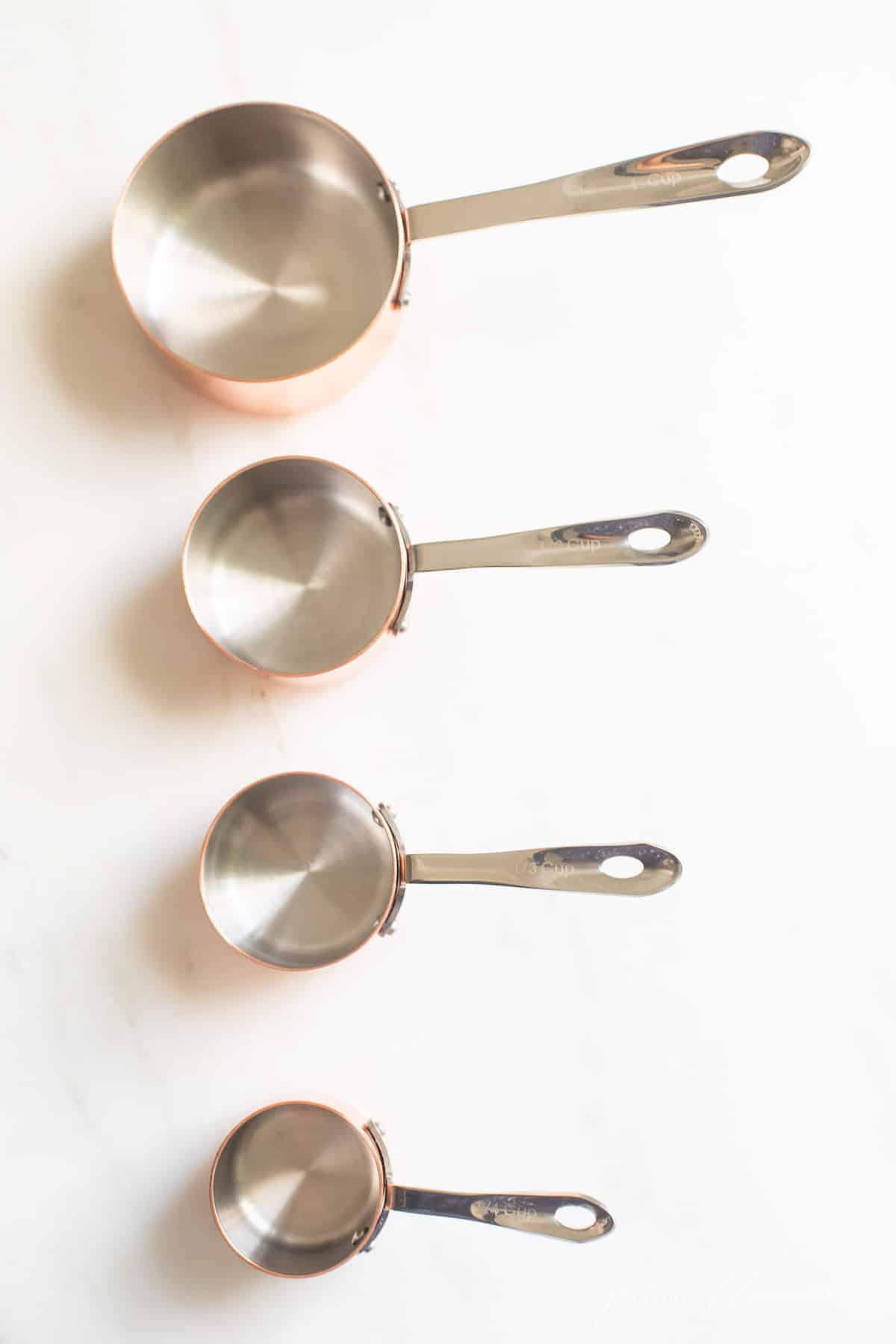
Did you know? There’s actually a difference between ounces (they measure weight) and fluid ounces (they measure volume). Even though I grew up in the kitchen with my family, I never fully understood this concept until much later.
It’s small, but significant measurements like this that can make an incredible impact in your baking! That’s why I’m always working on new guides to help you with the behind-the-scenes kitchen questions so you’ll always have a place to turn.
Today, we’re going to learn about dry versus liquid measuring cups. Don’t skip my FREE printable measurement conversion guide for a handy chart!
You’ll learn where and when to use each type, and the best techniques for measuring different ingredients! Even if you’re a lifelong baker, there are tips and tricks here that might come in handy. Cooking tends to be more forgiving with measurements, but baking is not.
Learn a little about ounces, cups, weights and conversions in this simple guide! I’ll even share my favorite measuring tools, too. Use the drop down Table of Contents to navigate this post with ease.
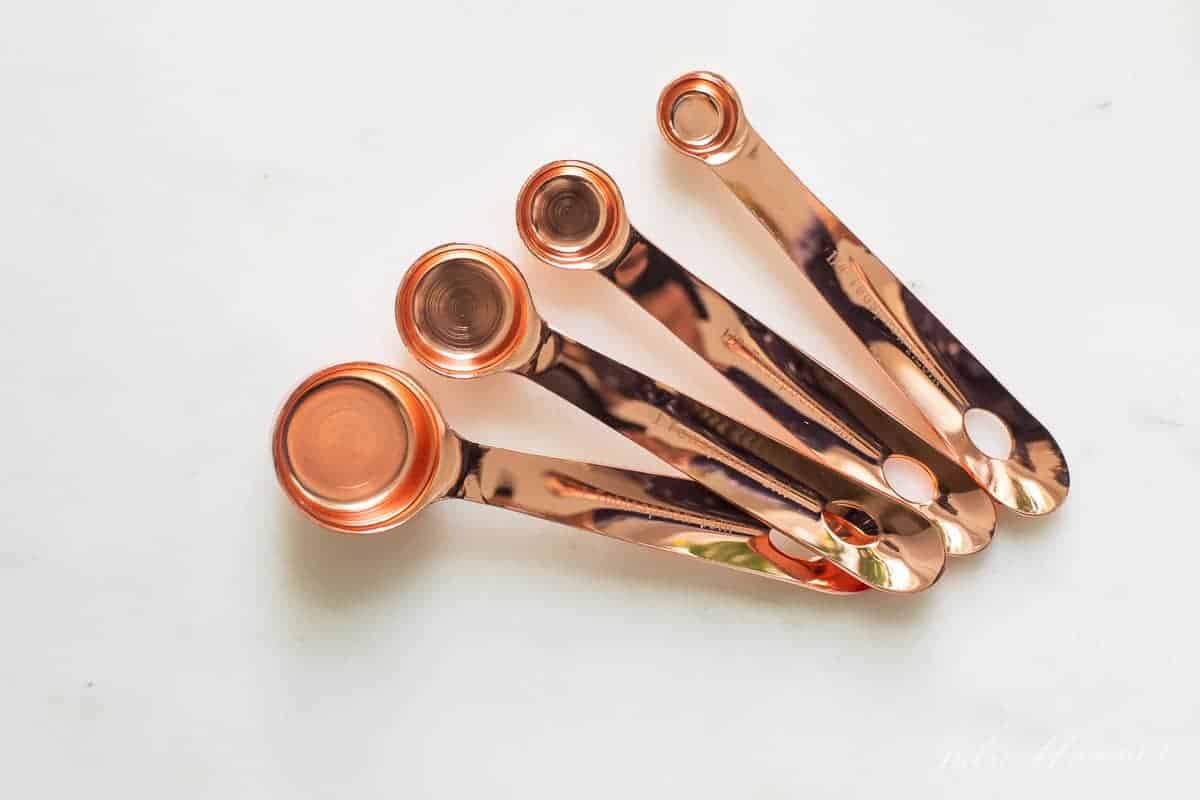
Dry vs. Liquid in Ounces
1 cup equals 8 ounces. This is one of those measurements that most of us know off the top of our heads, right?
However, keep in mind that this actually means that 1 cup of liquid = 8 fluid ounces. Did you know that things change when we’re talking about dry ingredients? When it comes to dry ingredients, you can’t use the same conversions.
Even more confusing? Dry ingredients will weigh different amounts. Flour and candy melts are going to weigh differently based on a 1 cup measurement.
Are you confused yet? Consider weighing each ingredient on a scale, if a recipe is calling for dry ingredients by the ounce. Use a liquid measuring cup if a recipe requests liquid (wet ingredients) by the ounce!
When to Use Dry Measuring Cups
Use dry measuring cups for ingredients like sugars, flour, nuts, chocolate chips, and even items like sour cream, peanut butter, yogurt, applesauce, and even honey! (While these last items might seem more liquid, the thick nature of them lends itself more to a leveled measuring cup.)
When measuring a dry ingredient, always spoon the ingredient into your dry measuring cup (or gently scoop from a container) and then level with a flat utensil across the top.
Dry measuring cups can only hold an exact amount of each ingredient. That’s why you’ll always want to level them off to create a flat edge.
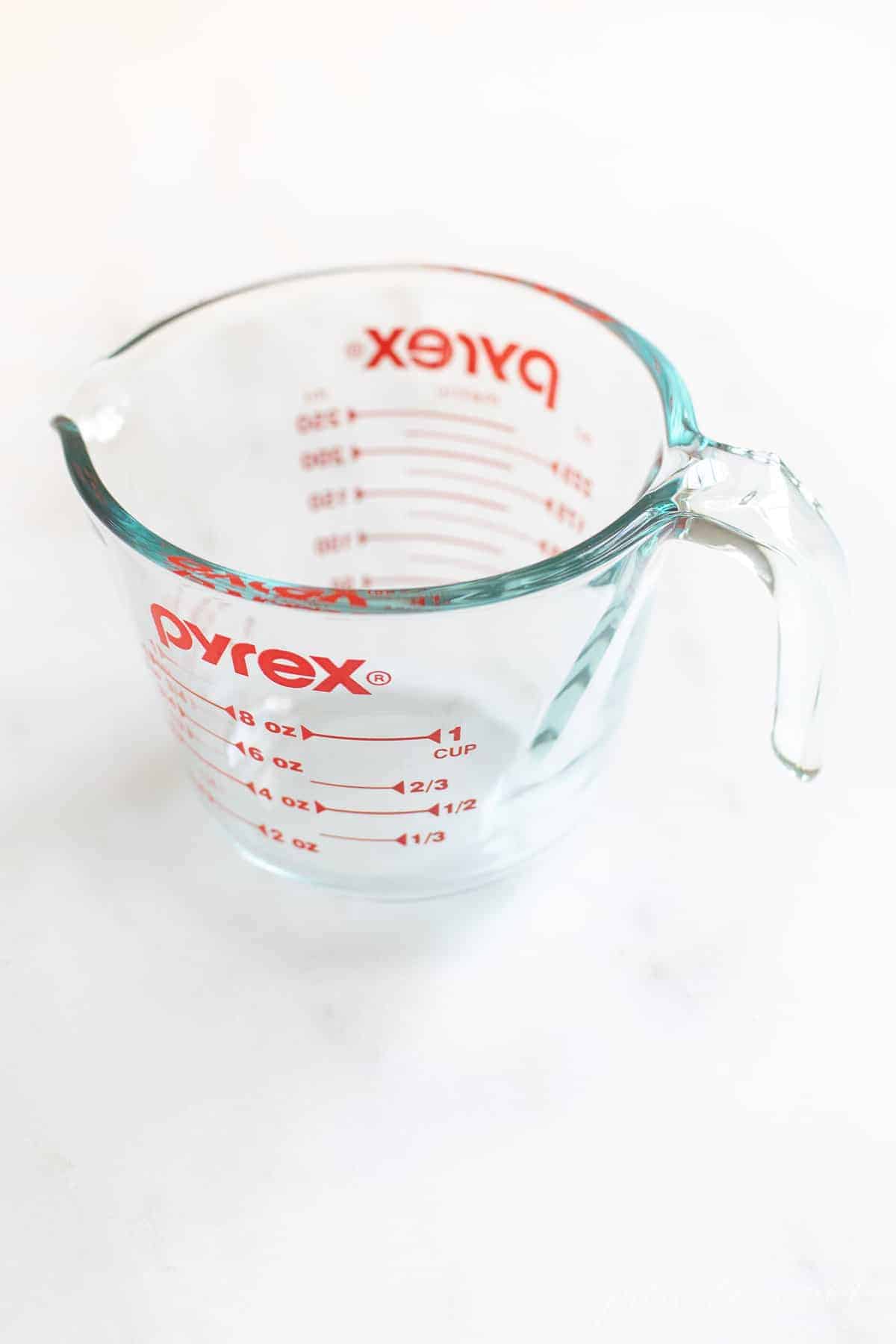
When to Use Liquid Measuring Cups
A wet measuring cup is designed to hold the ingredient at a measurement below the top of the cup. That’s how you fill the liquid cup and move it to a mixing bowl without spilling.
Use liquid measuring cups for your wet ingredients. That includes water, oils, vinegars, juice, and more!
Liquid measuring cups generally have a handle and are most frequently produced in glass or clear plastic. That’s how you can see the liquid measurement from a side eye view to ensure accuracy.
To use a liquid measuring cup, place it on your countertop. Slowly add the liquid to the requirement measurement marker. To ensure that the measurement is correct, bend down to eye level and double check!
That last part is very important – always stoop and check a liquid measurement at eye level. You’d be surprised how deceptive those lines can be from up above.

Tips
- Dry measuring cups and liquid measuring cups are the two types of measuring equipment. It absolutely matters which one you use!
- Measuring spoons are an all-purpose measuring tool, used for both wet and dry ingredients.
- Remember, do not pack flour! Measure flour the correct way, by lightly spooning into your dry measuring cup and then leveling.
- You should never pack dry ingredients unless they specify, which is rarely.
- However, brown sugar is the exception, and should always be packed (unless noted otherwise).
- Struggling with sticky ingredients like honey and peanut butter? Use a sticky ingredient measuring cup, shown below!

Frequently Asked Questions
While you can “guesstimate” in this manner, it’s not an accurate measurement. The ingredient amount could end up being off by as much as 25%. That’s a very significant change when it comes to baking!
These measuring cups are not interchangeable. While they hold the same amount of volume, the measurement system is different and can greatly impact the results of your recipe.
Sources
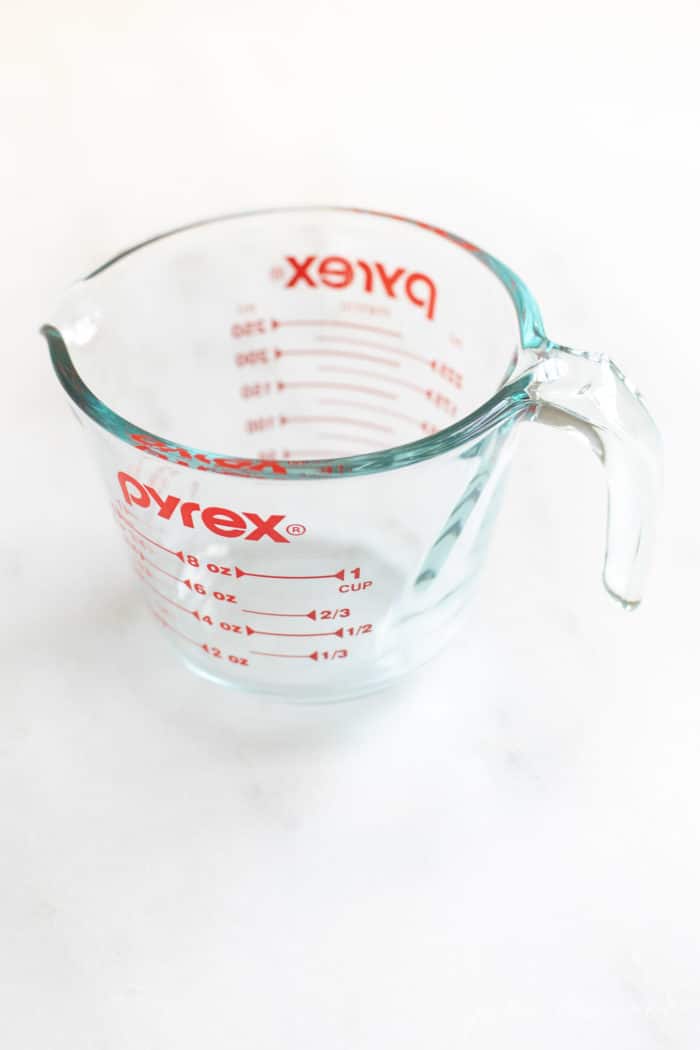
for liquids

